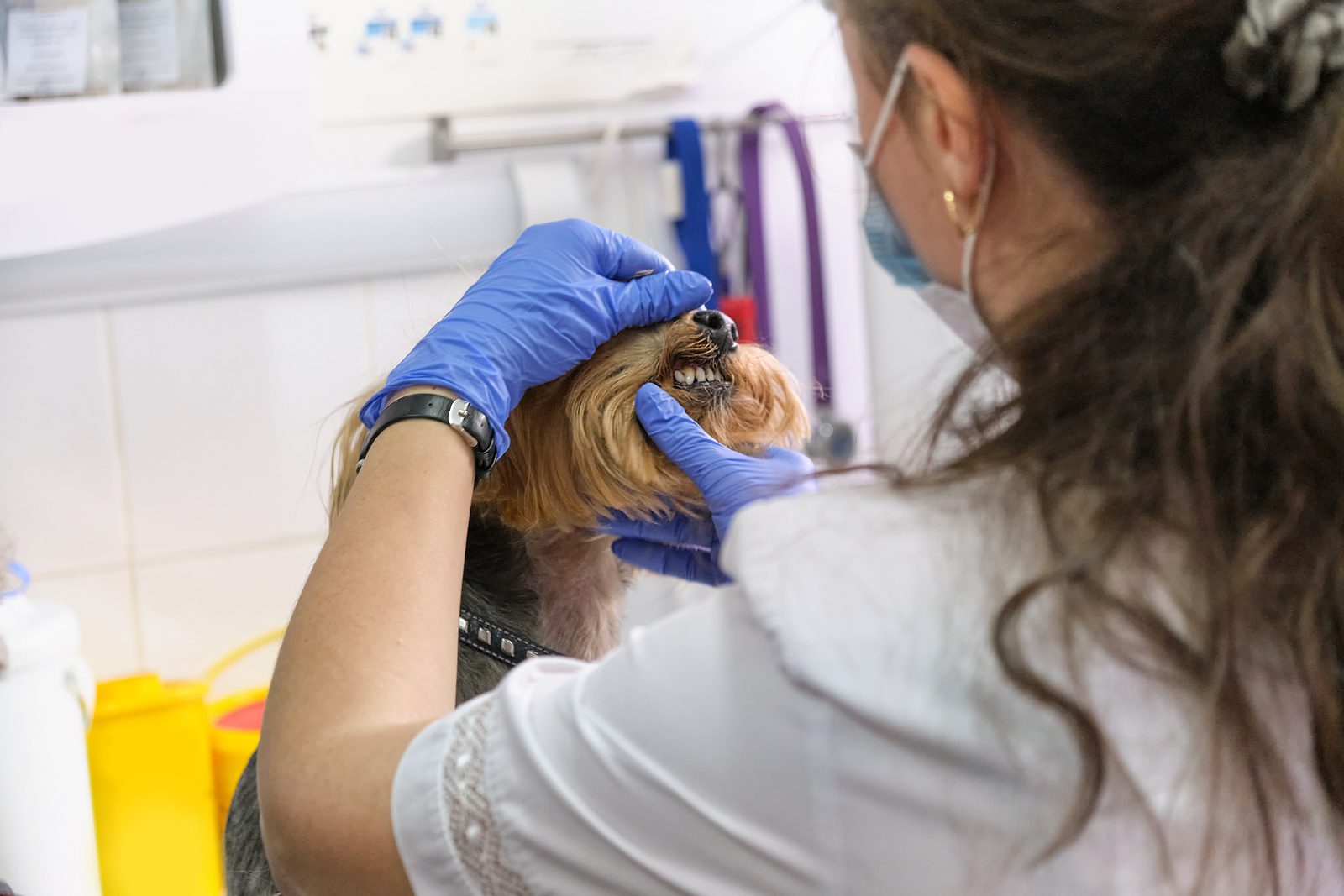Stepping outside may leave you feeling sneezy, itchy, and generally miserable thanks to allergies. Pollen, grass, flowers, and other natural elements can make humans dread the spring and summer months. The same can be said for your pet.
According to statistics, allergies in dogs have increased by 30.7 percent over the last decade. Unlike humans, many dog allergies are triggered by things inside the home. But if you’re wondering can dogs have allergies to pollen, the answer is yes.
With May being National Asthma & Allergy Month, it is a perfect time to not only educate yourself about the conditions that affect more than 65 million people but also your four-legged friends. Find out more about how to help a dog with allergies and remember to utilize your experienced local veterinarian as a resource if you have any further questions.

What kinds of allergies do dogs have?
Allergies are not a one-size-fits-all condition, and this holds true for dogs as well. There are several types of allergies that can affect dogs, each with different reactions for your pet. Types include:
- Skin allergies: This is the most common type of allergy for dogs. They can be caused by food, fleas, or other environmental stimuli.
- Food allergies: This is the rarest type of dog allergy. While many dogs may be sensitive to certain foods, very few are truly allergic.
- Environmental allergies: Dust, pollen and mold can make your pooch very uncomfortable. These are seasonal allergies that flare up at certain times of the year.
All three can lead to skin conditions called allergic dermatitis. If this occurs, there’s a danger of secondary infections of the skin – yeast or bacterial – due to the dog licking, biting, and scratching at the skin.
What are symptoms of dog allergies?
Again, like humans, dogs may exhibit several different types of allergic reactions as their bodies react to the offending issue. How they react will depend on the type of allergy they are dealing with. Some symptoms include:
- Swelling
- Vomiting
- Ear infections
- Continued licking
- Hives
Why is my dog itching so much and losing hair?
Itching and scratching is a common response to several allergens. If your pet is allergic to flea bites and saliva, your dog will become acutely itchy. They will scratch themselves so much that there is potential for them to pull their own hair out.
If you suspect any evidence of a flea bite, take your dog in for a visit. To help heal dog skin allergies, treatment may include medication to help kill fleas or provide relief against the irritant.
What about dog paw allergies?
If you’ve noticed that your pet has taken great interest in licking and grooming their feet, it could be a sign that they are suffering from seasonal environmental allergies. During peak allergy months, your dog’s paws act as suction cups for nearly every natural element they come across. Ragweed, grass, dust mites, lawn chemicals and more can all be picked up and cause your dog’s paws to become itchy and swollen.
The good news is fixing this problem is relatively simple. Soak your dog’s paws in water or a mix of white vinegar and water after they return from walks outside to prevent allergic reactions.
Can dogs get runny noses?
As previously mentioned, there are several symptoms that reveal themselves with dog seasonal allergies. A runny nose is one of them. Because dogs can be allergic to grass, dander and even human skin, consistent exposure can leave furry friends just as sniffly as you when you are hit with the allergy bug.
Another unfortunate effect of dog allergies: eyes swelling. It could be a reaction to an environmental stimulus or the result of a bee sting or animal bite.
What about food allergies?
Diet plays an important role for your dog. Food allergy symptoms, diarrhea and other health issues can all be traced back to what your pet eats. Food allergies can come through on the skin, through gastrointestinal problems like vomiting, or, in the most severe cases, anaphylaxis. Closely monitoring what your dog eats can give you an idea of what irritates its system.
What are treatment options to help my pet?
You may be wondering how to help dog allergies. The best way for your pet to avoid allergies is by not encountering whatever causes the reaction. However, that course of action doesn’t always work. The good news is most pet allergies can be treated. Your veterinary provider can give you the best treatment options, whether it is medicine or a new dietary plan.
Remember, your home can also be a source of allergens. Keep surfaces like rugs vacuumed to prevent dust buildup, change the air filter in your HVAC system and keep toxins like house cleaners away from your dog.
Recent Posts
About Us
At Forever Vets Animal Hospitals, we provide full-service veterinary care across multiple Florida locations, offering a wide range of preventive, diagnostic, surgical, and emergency services for pets. Our team focuses on exceptional care, affordable wellness plans, and creating a welcoming environment for both pets and their owners.
